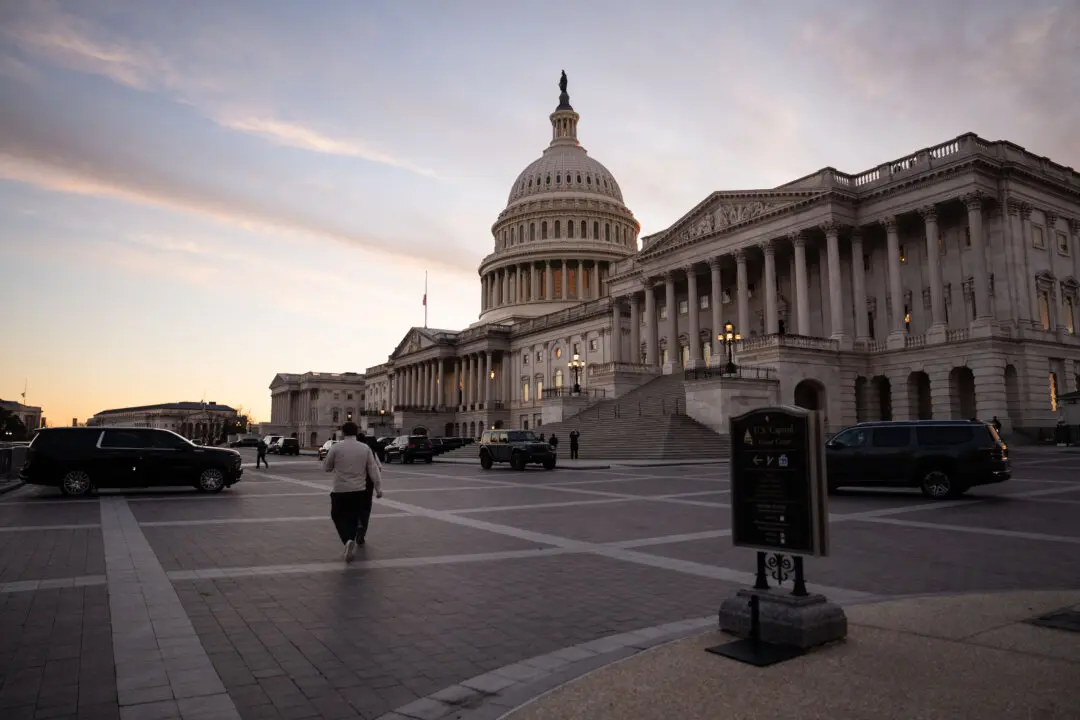The White House on Tuesday asked Congress to approve billions in spending to address the ongoing crises created by the disastrous Category 4 Hurricane Ida and the Afghan refugee crisis in the aftermath of the U.S. withdrawal from Afghanistan.
The request came after a bipartisan delegation of Louisiana congressmen asked the president in a Sept. 2 letter for emergency federal aid.





